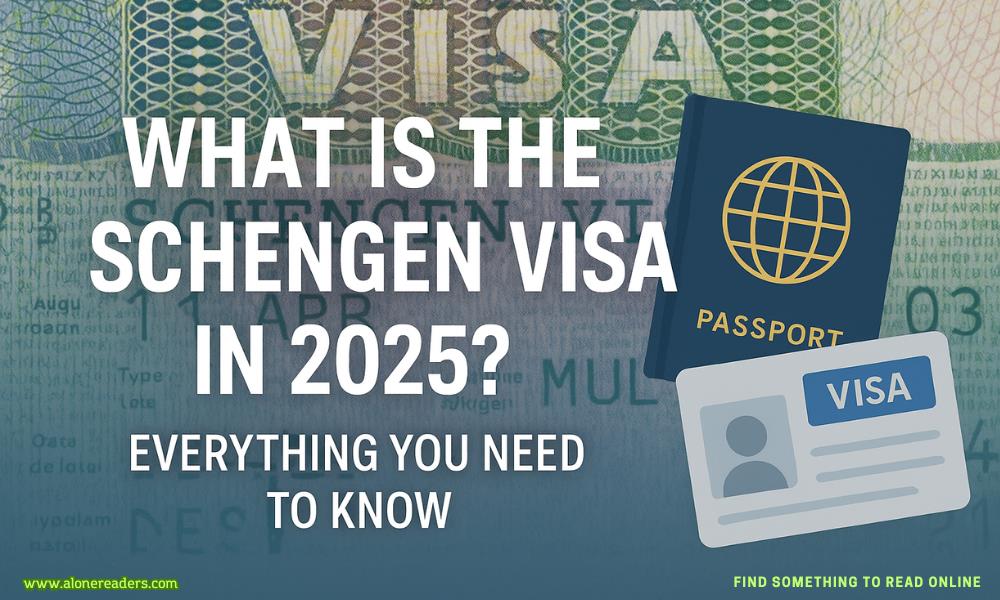
The Schengen Visa remains one of the most sought-after short-stay visas in the world, allowing non-European nationals to travel across 29 European countries with a single visa. However, in 2025, several updates have been implemented that travelers must understand before applying. This guide explains the current structure, updates, processes, and legal expectations surrounding the Schengen Visa in 2025.
Definition and Composition in 2025
The Schengen Area is a zone where 29 European countries have abolished internal borders for unrestricted movement of people. As of 2025, the Schengen Area includes:
Recent Expansion
In 2024, Bulgaria and Romania joined the Schengen Area for air and sea borders, though land border checks remain temporarily in place. These transitions are expected to be fully integrated by late 2025.
Visa Type and Purpose
The Schengen Visa is a short-stay visa allowing non-EU nationals to enter the Schengen Area for up to 90 days within a 180-day period for purposes such as:
It does not permit work unless the visa is explicitly issued for such a purpose.
Types of Schengen Visas in 2025
1. Full Implementation of ETIAS
The European Travel Information and Authorisation System (ETIAS) is expected to be fully operational in 2025. While ETIAS is not a visa, it is mandatory for visa-exempt nationals, like those from the U.S., Canada, UK, Australia, and Japan. ETIAS approval is not required for Schengen visa applicants but will operate in parallel.
2. Biometric Data Storage Enhancement
All Schengen visa applicants in 2025 must provide biometric data (fingerprints and a digital photo), which will now be stored in an updated Visa Information System (VIS) for 5 years, allowing faster repeat applications.
3. Centralized Digital Application System (Phase I)
Several consulates have begun testing a digital Schengen visa application platform, aiming to centralize application submission and scheduling. Full rollout is expected by 2026.
You Need a Schengen Visa If You Are:
You Don’t Need a Schengen Visa If You Are:
1. Determine Your Main Destination
You must apply through the consulate of the country where you’ll spend the most time during your trip. If time is equal across countries, apply to the first entry point.
2. Choose the Correct Visa Type
Most travelers apply for a short-stay tourist or business visa. Specialized categories exist for medical, study, or cultural participation.
3. Book an Appointment
Book an appointment at the nearest consulate, embassy, or authorized visa center (like VFS Global). For digital platforms, some countries now offer online scheduling.
4. Prepare Required Documents
5. Attend Biometric Appointment and Interview
Biometric data will be collected unless it has already been done in the last five years. An in-person interview is usually conducted.
6. Pay the Visa Fee
Fees are payable in local currency and are non-refundable, even if the visa is denied.
7. Wait for Processing
Standard processing time is 15 calendar days, but delays are possible during peak seasons. Applications can be submitted up to 6 months in advance (or 9 months for seafarers).
If your application is denied, you may appeal the decision, but must do so through the specific country’s legal system.
In 2025, Schengen visa applicants must provide proof of travel insurance valid for all Schengen countries. Insurance must:
Extensions are only granted under exceptional circumstances, such as:
You cannot extend a visa simply because you want to travel longer. You must apply for an extension before the original visa expires and explain your reasons in detail.
| Criteria | Schengen Visa | ETIAS Authorization |
|---|---|---|
| Required for | Most non-EU nationals | Visa-exempt travelers (e.g., USA, UK) |
| Duration | Up to 90 days | Up to 90 days |
| Validity | Up to 5 years (multiple-entry) | 3 years or until passport expiry |
| Application process | Biometric, in-person | Online only |
| Processing time | 15 days (avg) | Minutes to 96 hours |
| Fee | €80 (adult) | €7 (adults 18–70) |
Final Thoughts
The Schengen Visa remains one of the most efficient systems for short-term travel across Europe, and while 2025 introduces technological upgrades and stricter identity protocols, the core process remains stable for most travelers. Whether you're planning a vacation, a business trip, or visiting loved ones, understanding these detailed aspects will increase your chance of visa success and ensure a smooth journey through Europe's most popular destinations.
Let your 2025 Europe adventure begin—well-informed and well-prepared.